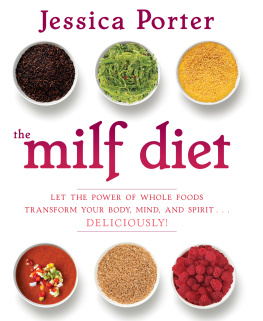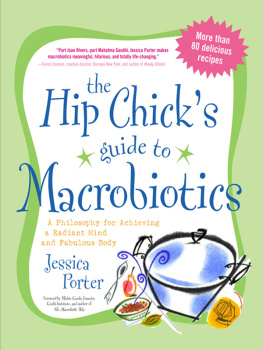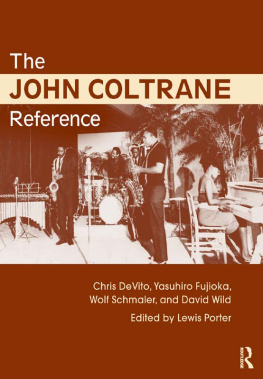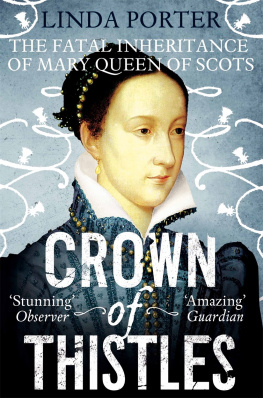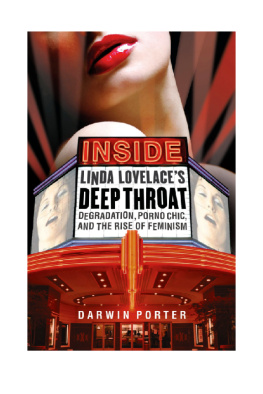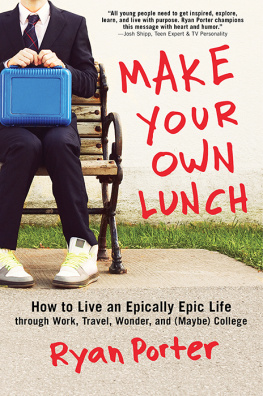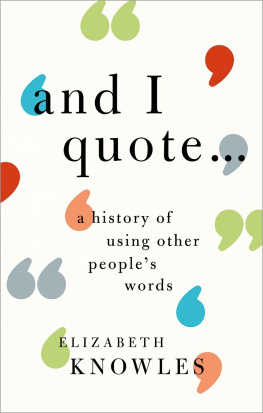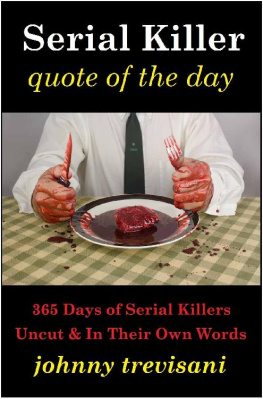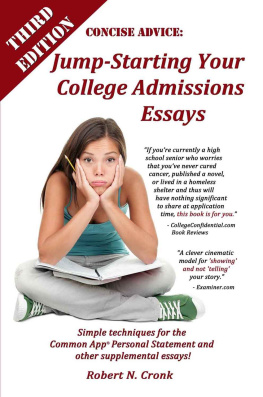For Jules and Dylan

Contents
Hello. My names Richard and for 13 years, 22 series and 175 episodes I was the script editor on what accidentally became the worlds biggest car show.
When we started making the new format of Top Gear, beginning in 2002 with a pair of disastrous pilot episodes, we had no idea that our sincere but often inept efforts would become so popular around the world. All we wanted to do was create a car programme that wasnt like anything that had gone before. BBC2 told us that was ambition enough, and if we could get to three million viewers theyd be very pleased. By 2015 our combined television and iPlayer numbers were banging on the door of 10 million in the UK alone, and had topped 350 million viewers worldwide.
In the early days we were happy enough testing a medium-sized Mazda in the English countryside. By the end, we were making mini-movies featuring million-dollar supercars. At the beginning wed cheerily take any minor celebrity guest we thought might be slightly interested in cars. By the 15th series, we were playing host to Tom Cruise. We shot the first few series on location without raising an eyebrow or attracting a crowd. A decade later, we had to hire security to repel the excitable crowds and it was the same whether we were filming in Monte Carlo or Macclesfield.
In the course of making the show we got chased by angry mobs, caused hysterical headlines in newspapers and almost killed one of our presenters. We also argued, bickered, made mistakes and had a lot of fun.
This book tries to give a little bit of insight into the deranged roller-coaster ride of the crappy BBC2 motoring show that became, according to Guinness World Records, the planets most watched factual programme. Quite an achievement for a show that didnt have any facts in it.
This isnt an exhaustive history of Top Gear because I dont know anything about camera lenses, I cant remember the name of the song that was used as background in that sequence everyone likes and it escapes me for now why we never featured the Ferrari 458 Speciale.
On the other hand, I do remember who suggested we call our in-house racing driver The Stig, I can recall the time I had a furious argument with Jeremy and then got trapped behind a naan bread and I know which member of the team came up with the inspired yet idiotic idea for us to get a dog. So if you want that sort of thing, read on.
If not, dont worry, theres probably a repeat of Top Gear on telly.
If youre very young or not interested in cars or you were sentenced to 28 years inside a Dutch prison back in 1974, you may not realise that Top Gear wasnt always a programme about three silly men arguing and falling over.
Once upon a time Top Gear was a sensible, magazine-style show in which fuel economy was assessed and classic traction engines were driven and almost nothing caught on fire. When it started in the late seventies it was presented by prim news doyenne Angela Rippon, shortly to be joined by beardy box-opening enthusiast Noel Edmonds. This is a useful thing to know if youre ever in a pub quiz and the question comes up, Who first presented Top Gear? Dont be tempted to shout out Richard Hammond! That would be wrong. Also, its bad form to shout out stuff at pub quizzes.
Originally, Top Gear was broadcast only in the Birmingham region before it was promoted to national status and became a mainstay of the BBC2 schedule. Then Rippon went back to the news, Edmonds wandered off to have his late breakfast and the show settled into a steady rhythm of sensibleness under the reliable watch of solid, authoritative presenters, most notably William Woollard and Chris Goffey. Woollard was the raffishly-haired one who would loft a foot onto a cars bumper and stand there delivering information like an especially learned catalogue model. Goffey was the bearded one who sported chunky jumpers and seemed like the sort of solid chap whod lend you his lawnmower, though woe betide you if you returned it in less than perfect order. There were other presenters of course among them aquiline Frank Page and dads favourite Sue Baker but Woollard and Goffey were the figureheads, placing their hands firmly upon the wheel and carefully checking their mirrors before pulling off into another long and informative piece to camera.
As a kid in the 1980s, I loved Top Gear. It was varied and unashamedly a bit nerdy. Also, in a world before the internet, it told me things I hadnt heard before. Plus it was about cars and I liked cars a lot. Even today, hearing William Woollard solemnly intone his drive safely and goodnight sign off gives me a little thrill as seven-year-old me thinks, Oh good, thats the sound of Top Gear. And then a little sadness, as seven-year-old me thinks, Oh bollocks, thats the end of Top Gear for another week. That was the programme throughout the eighties. Serious, sensible, and required viewing for a car-obsessed child.
In the nineties, however, things changed. Woollard and Goffey were quietly shuffled off and in their place came a roster of exciting new presenters. There was racing driver Tiff Needell, who drifted like a demon and spoke like something with teeth had got into his trousers. There was urbane car trader Quentin Willson, who had a nice line in silken metaphors and a wry smile which said see me after the show and Ill sell you this car at an excellent price. There was coquettish siren Vicki Butler-Henderson, husky of voice and deft of steering. And there was a well-spoken chap with an alarming Afro who had the wit and brilliance to change car television for ever. His name was Kingsley Flistwipe and unfortunately he was killed in a blimp accident just before his first Top Gear shoot. Which is when they hired a short-notice replacement called Jeremy Clarkson. I might have dreamt this last bit.
Anyway, Top Gear hit a golden patch in the 1990s as it became spikier and funnier and with a bit more bite. Not that youd notice it if you watched an episode now, since it all looks very staid and someone is almost certainly at a steam rally, but it was a gentler time and people were still amazed by those T-shirts that change colour when you get sweaty. Jeremy led the charge to give Top Gear more attitude, whether it was driving a car four yards and then declaring the steering too heavy or refusing to drive a car at all simply because it was so dreary. His style was bold and noisy and most of all funny. Sometimes, Clarkson would appear in the same scene as Needell and Willson perhaps at a motor show or capering around in their newly declared car of the year as Tiff embarked on an honest attempt to invert it and theyd all say funny things and pull funny faces and seem like the gang youd want to be part of. It was an unwitting prototype of what was to come. If you were a kid, or even just a bit childish, it was brilliant. I had loved Top Gear in the eighties, but I loved Top Gear in the nineties even more.
That said, I believe Top Gear presenters are like the actors playing James Bond or Doctor Who. In your heart, you can never break the sacred link with whoever was doing it in your early childhood. Thats why I cant shake my fondness for the memory of Woollard looking earnestly into camera with one foot perched on the front tyre of a Rover 800 or Goffey bristling from inside his cable knit as he grumbled about the headlamp switch placement on some new Datsun. They werent funny or flippant or silly, but they werent trying to be. They were proper broadcasters and they told you stuff.
Next page

